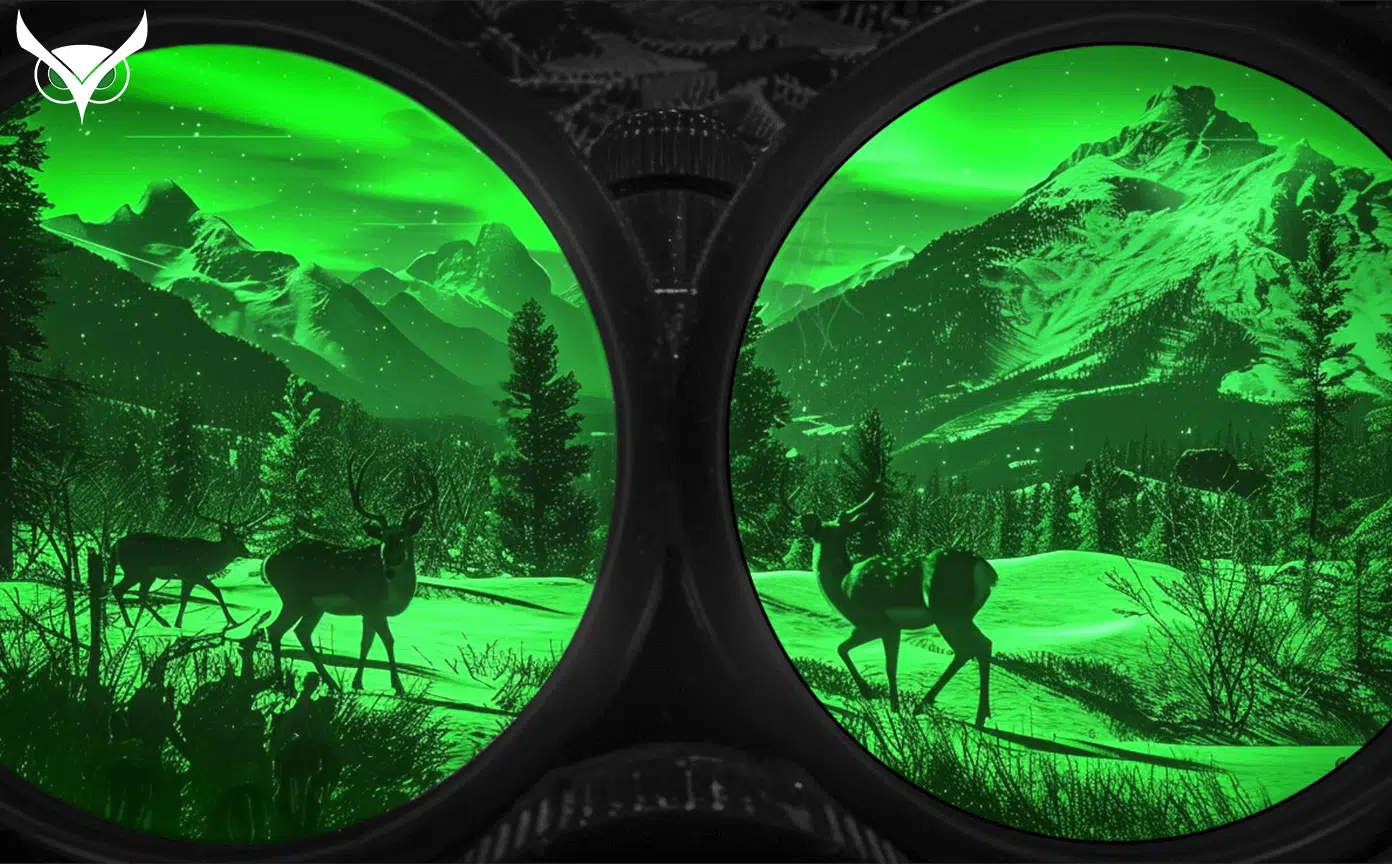Why Are Night Vision Goggles Green? Exploring the Science and Technology

Night vision goggles are renowned for their distinctive green hue, a feature deeply rooted in both the physiology of human vision and the technology behind night vision devices.
1. Physiology of Human Vision and Color Perception
Night vision goggles appear green primarily due to the physiological characteristics of the human eye. Our eyes contain specialized photoreceptor cells called rods and cones. Rods are particularly sensitive to low levels of light and are concentrated in the periphery of the retina. They are most responsive to wavelengths around 498 nanometers, which corresponds closely to the color green. This natural sensitivity makes green light more perceptible to the human eye under low-light conditions.
2. Sensitivity of Human Eyes to Different Light Wavelengths
Green light is chosen for night vision goggles because it aligns closely with the peak sensitivity of human vision in low-light environments. Cones, responsible for color vision in brighter conditions, are most sensitive to green light. This sensitivity allows users to discern details and shapes more effectively when using night vision goggles in the dark. Additionally, green light is less likely to cause eye strain compared to other colors, offering a more comfortable viewing experience during prolonged use.
3. Green Phosphor Technology in Night Vision Goggles
The green color of night vision goggles is further enhanced by green phosphor technology. This technology converts incoming light into electrons, amplifies them, and then converts them back into visible light. Green phosphor provides high contrast and resolution, making it easier for users to distinguish objects in low-light conditions. Its compatibility with human vision and reduced eye strain make green phosphor a preferred choice in night vision technology.
4. Contrast and Visibility Considerations in Low-Light Conditions
In low-light environments, green light offers superior contrast and visibility. Human eyes are less sensitive to colors like red and blue in darkness, but green light stands out due to its wavelength and our eye's natural responsiveness to it. This color choice enhances the ability to navigate and identify objects or potential threats effectively. Moreover, green light minimally interferes with natural night vision adaptation, ensuring users can maintain optimal vision in varying light conditions.
Conclusion
While advancements in night vision technology have introduced alternative color palettes like white phosphor or black and white imaging, the enduring preference for green in night vision goggles persists due to its optimal balance of human eye sensitivity, contrast enhancement, and reduced eye strain. Green remains not just a practical choice but a scientifically sound one, ensuring clear vision and operational effectiveness in low-light environments.






